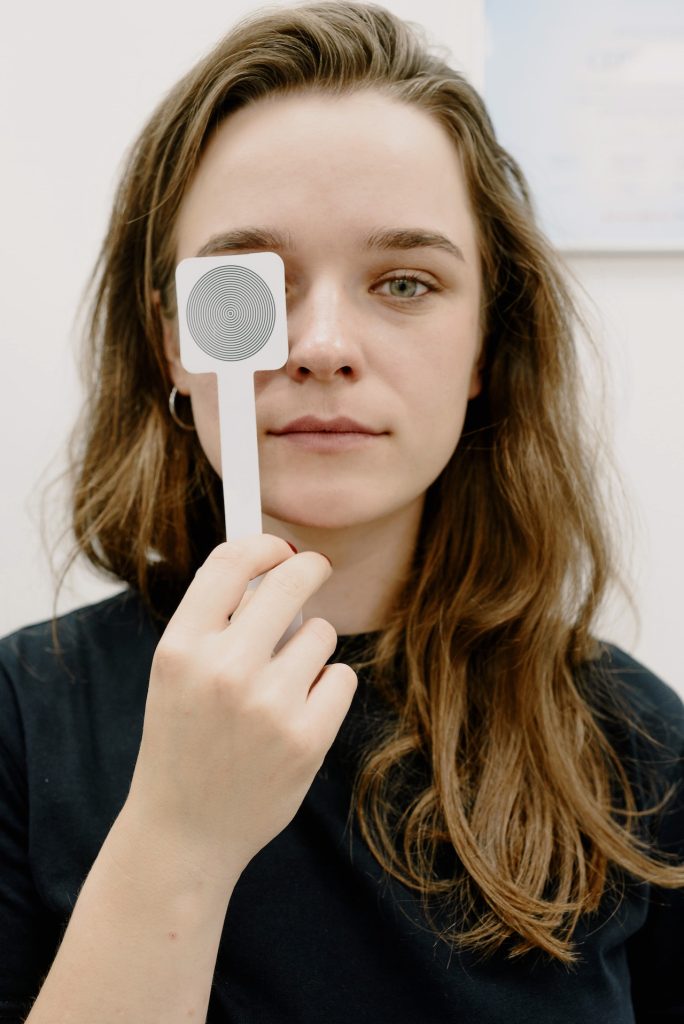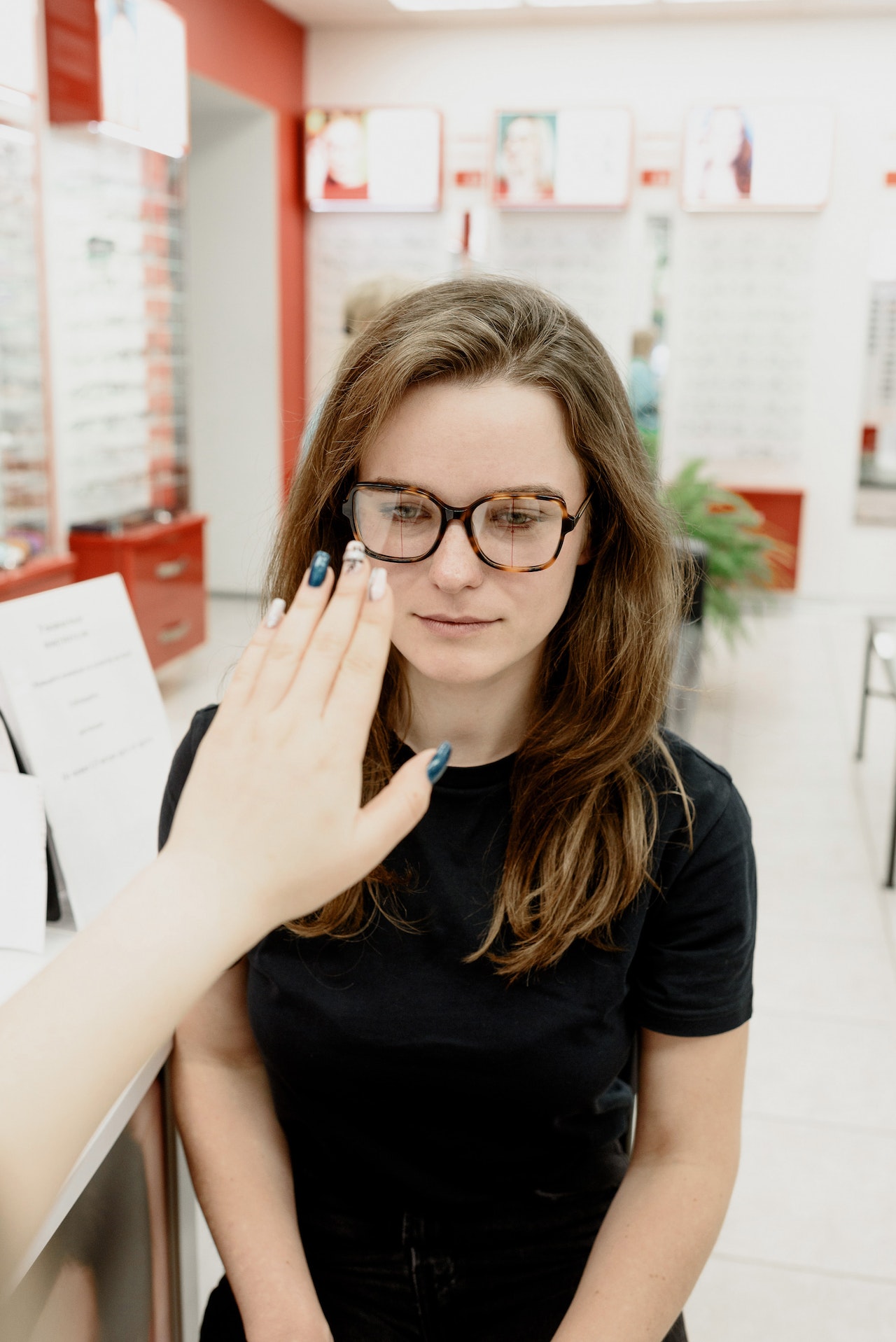One of the most common concerns people have is eye health. It’s no surprise, then, that many people are interested in learning about the diseases of the eye. In this blog post, we will explore how many diseases of the eye there are and what you can do to protect your vision. We will also include information on how to identify and treat these conditions.
One of the most common health concerns people have is eye diseases. And, unfortunately, many of these diseases are preventable. In this blog post, we will explore how many diseases of the eye there are and how you can keep yourself healthy by being proactive about your vision. We will also provide some tips for preventing eye diseases and treating them if they do occur. By reading this post, you will be better equipped to take care of your eyes and keep them healthy for years to come.
Read More: Sanpaku Eyes
The 5 Major Eye Diseases
There are five major eye diseases: age-related macular degeneration, cataracts, glaucoma, diabetic retinopathy, and ocular histoplasmosis. Age-related macular degeneration is the leading cause of blindness in the United States. Cataracts are a common disease that can decrease vision. Glaucoma is a condition that can lead to permanent blindness. Diabetic retinopathy is a problem with blood vessels in the retina that can lead to vision loss. Ocular histoplasmosis is a potentially fatal infection of the eye caused by Histoplasma capsulatum.
Age-related macular degeneration is the most common cause of blindness in older adults. Symptoms include an increase in the number of small, dark spots on the surface of the retina called drusen. If left untreated, AMD can lead to total blindness.
Cataracts are a common condition in which the lens of the eye becomes cloudy or hard due to damage or aging. This can cause difficulty seeing clearly and will often require surgery to remove the cataract.
Glaucoma is a condition that causes pressure inside the eye that can eventually lead to blindness. The primary symptom is increased pressure inside your eyes during daytime activities such as reading or working at a computer. Treatment usually involves lowering the pressure with medication or surgery.
Cataracts are a common problem that can cause vision problems. Glaucoma is a condition in which the optic nerve becomes damaged and can result in decreased vision. AMD is an aging process that causes the central part of the retina to deteriorate, leading to decreased vision. Uveitis is an inflammation of the middle layer of the eye (uvea). Retinitis pigmentosa is a neurodegenerative disease that affects the retina and results in loss of vision.
The 3 Types of Cataracts
There are three types of cataracts: congenital, post-cataract, and age-related.
Congenital cataracts: These occur in newborns and children and are the most common type. They usually clear up on their own within a few months.
Post-cataract cataracts: These develop after someone has had a cataract surgery or developed a second cataract in their lifetime. Post-cataract catarrh can be more serious because it often blocks light from reaching the eye, which can lead to vision loss.
Age-related cataracts: These occur as people age and often start as small, benign deposits called sub capsular nodules. Over time, these nodules can become bigger and cause vision problems. Age-related cataracts can usually be treated with surgery or medication.
Read More: Sanpaku Eyes
How to Prevent Eye Diseases
There are many diseases of the eye, but fortunately most can be prevented or treated effectively. Here are some tips for keeping your eyes healthy:
Wash your hands often. Touching your eyes without first washing your hands can spread bacteria and other infection around your eyes.
Stay properly hydrated. Proper hydration helps keep the eye’s surface moist and protected from dryness, which can lead to inflammation and even more serious problems. Drink plenty of water throughout the day, especially in the morning and evening.
Exercise regularly. Keep your body functioning at its best by exercising regularly. This includes getting enough exercise indoors as well as outdoors. Regular exercise not only keeps you healthy, it also helps prevent conditions like heart disease and diabetes that can lead to eye problems.
Get a good night’s sleep. Most people need 7-8 hours of sleep each night to stay healthy overall, including their eyes. Make sure you go to bed and wake up at the same time every day so that you’re consistent with your sleeping habits. Avoid watching television in bed or using electronic devices in bed to avoid disrupting your sleep patterns.
Conclusion
There are many diseases of the eye, and knowing which one you have can be a big help in managing it. If you think you might have a disease of the eye, talk to your doctor or optometrist to get an accurate diagnosis. Knowing what kind of treatment is available will also help make informed decisions about your care.










